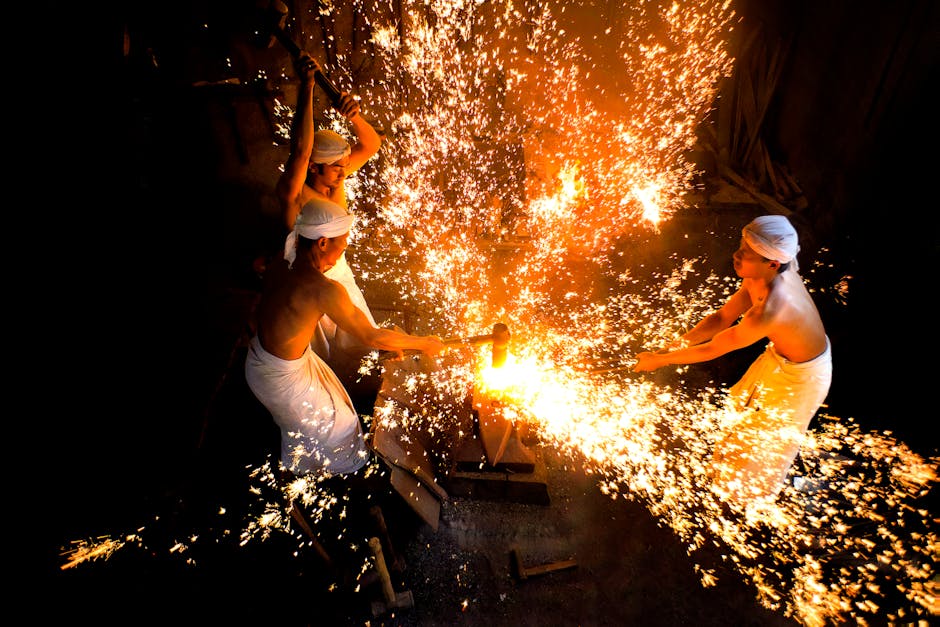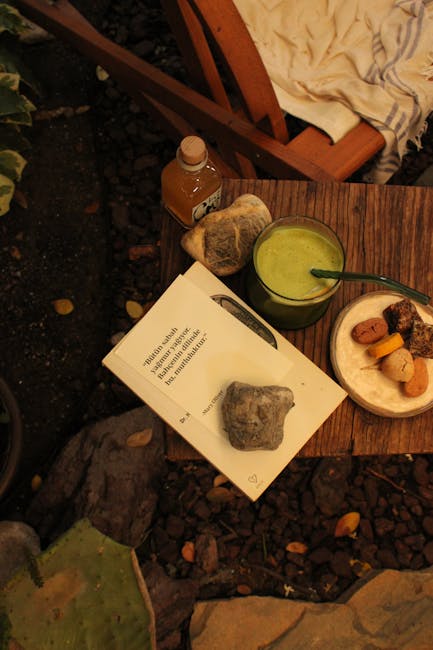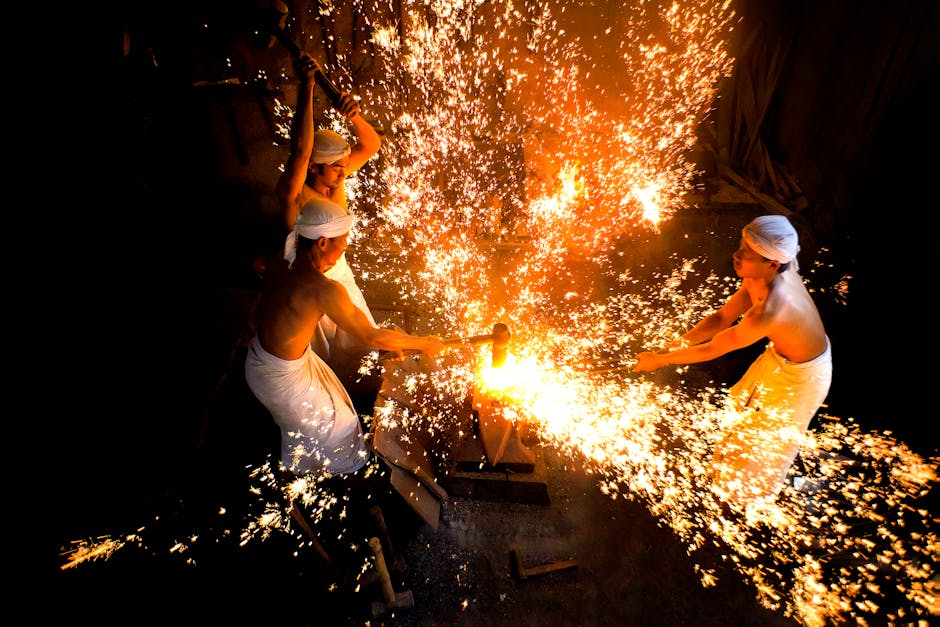Matcha and Iron Deficiency: Unpacking the Complex Relationship
Matcha, the finely ground powder of green tea leaves, has surged in popularity, lauded for its purported health benefits. From its vibrant green hue to its intense flavor, matcha is often marketed as a superfood, packed with antioxidants and nutrients. But amidst the hype, a question lingers: can matcha consumption contribute to iron deficiency? This article delves into the complex relationship between matcha and iron, exploring the potential for interaction and offering informed guidance.

Understanding Iron and its Absorption
Before examining matcha’s role, it’s crucial to understand iron absorption. Iron exists in two forms: heme and non-heme. Heme iron, found in animal products like meat, poultry, and fish, is readily absorbed by the body. Non-heme iron, present in plant-based foods like spinach, lentils, and yes, matcha, is less easily absorbed. Several factors influence non-heme iron absorption, including the presence of inhibitors and enhancers in the diet.
Factors Affecting Iron Absorption
- Enhancers: Vitamin C significantly enhances non-heme iron absorption. Consuming foods rich in vitamin C alongside iron-rich plant foods can improve iron uptake.
- Inhibitors: Certain compounds can hinder iron absorption. These include phytates (found in grains and legumes), tannins (found in tea, coffee, and wine), and oxalates (found in spinach and rhubarb).
Matcha’s Composition and Potential for Interference
Matcha does contain iron, albeit in non-heme form. While this is beneficial in theory, the presence of tannins in matcha poses a potential challenge. Tannins are polyphenols that bind to iron, reducing its absorption in the gut. This means that while matcha offers iron, the body might not absorb it as efficiently as it would from other sources.

The amount of iron in matcha varies depending on factors such as the type of tea plant, growing conditions, and processing methods. However, the iron content is generally considered moderate compared to other iron-rich foods. The impact of tannins on iron absorption is similarly variable and depends on several factors, including the individual’s overall diet and gut health.

The Role of Other Dietary Factors
It’s important to emphasize that iron deficiency is a multifaceted issue influenced by various factors beyond matcha consumption. Dietary deficiencies, medical conditions, and certain medications can all contribute to low iron levels. Simply drinking matcha isn’t likely to cause iron deficiency in individuals with a healthy, balanced diet. The impact of matcha’s tannins on iron absorption is likely to be minimal within a diet that otherwise includes sufficient iron-rich foods and vitamin C.
Who Should Be Cautious?
While matcha alone is unlikely to trigger iron deficiency in most healthy individuals, certain groups may benefit from caution. Individuals already at risk of iron deficiency, such as vegetarians, vegans, pregnant women, or those with specific medical conditions affecting iron absorption, should be mindful of their overall iron intake. It’s always advisable to consult a healthcare professional or registered dietitian before making significant dietary changes, especially if you have pre-existing health concerns.
Maximizing Iron Absorption from Matcha
If you enjoy matcha and want to maximize iron absorption, consider the following strategies:
- Pair with Vitamin C-Rich Foods: Consume matcha with a food rich in vitamin C, such as orange juice, berries, or a citrus fruit. This will help enhance iron absorption.
- Don’t Overdo It: While matcha offers benefits, excessive consumption might increase the potential negative impact of tannins on iron absorption. Moderate consumption is key.
- Diverse Diet: Ensure your diet includes a variety of iron-rich foods, both heme and non-heme, to support optimal iron levels.
Conclusion: Matcha and Iron Deficiency – A Balanced Perspective
The relationship between matcha and iron deficiency is not straightforward. While matcha contains iron and tannins that can potentially interfere with absorption, its impact is likely minimal in a balanced diet. Focusing on overall dietary intake, including sufficient iron and vitamin C, is more important than worrying about the iron in matcha. For those at risk of iron deficiency or with concerns, consultation with a healthcare professional is crucial. Don’t let the complexities of matcha and iron deter you from enjoying this vibrant beverage, but prioritize a well-rounded dietary approach to ensure you meet your nutritional needs.
Further Research
For more in-depth information on iron absorption and deficiency, refer to resources from reputable organizations like the National Institutes of Health (NIH) and the Academy of Nutrition and Dietetics.

